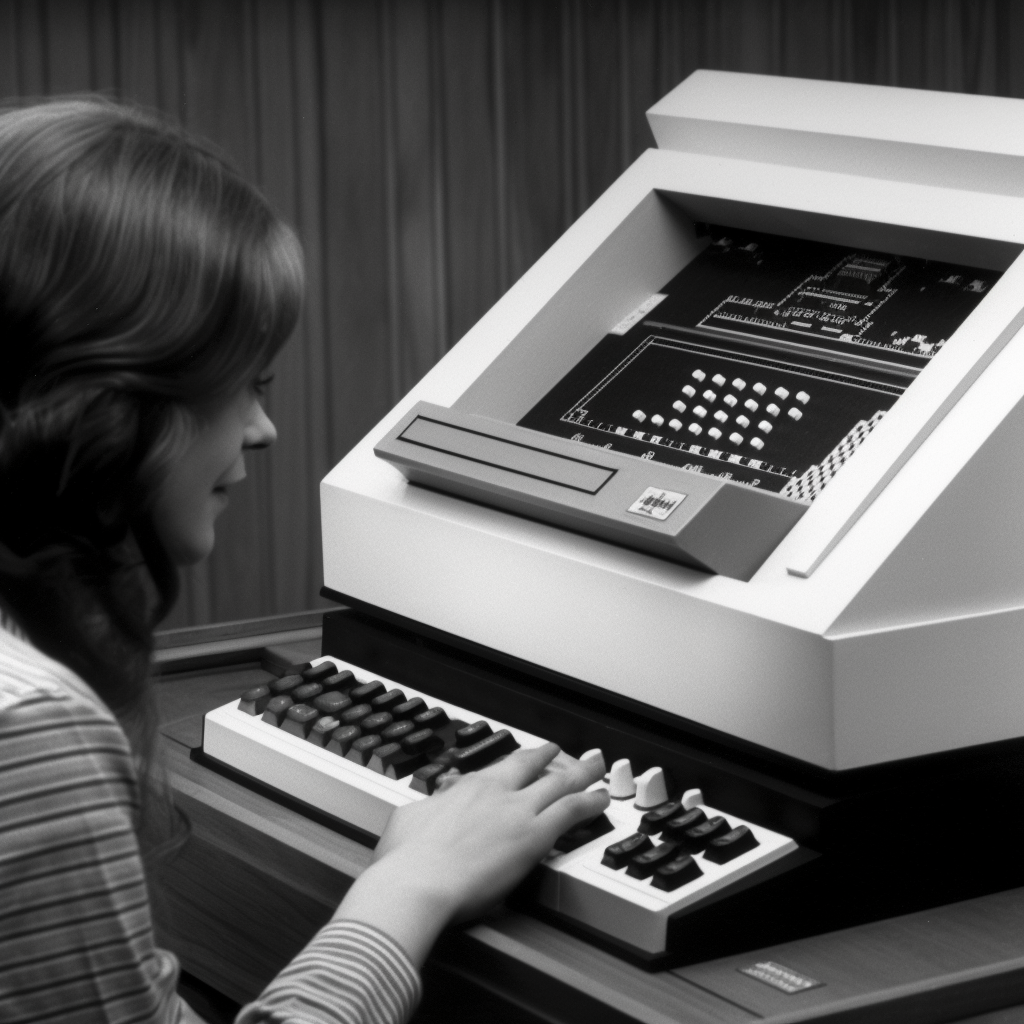| Key Takeaways |
|---|
| – Video game history is shaped by significant milestones. |
| – The first video game was “Tennis for Two” played in 1958. |
| – Pong, released in the early 1970s, was the first popular game. |
| – The Magnavox Odyssey was the first video game system (1972). |
| – “Spacewar!” was the first game played on a computer (1962). |
| – The Magnavox Odyssey is the oldest gaming system. |
| – “Minecraft” is the highest-selling game of all time. |
| – Video games exhibit creativity, innovation, and imagination. |
| – The future of gaming involves virtual reality and cloud gaming. |
| – Games are a form of art that continues to evolve and inspire. |
Video game history is filled with significant milestones that have shaped the industry into what it is today. From the humble beginnings of simple interactive experiences to the modern, immersive worlds we now enjoy, the journey of video games is truly remarkable. In this article, we will delve into the origins of video games, explore the first popular titles, and discover the earliest gaming systems. We will also uncover the first game played on a computer and reveal the highest-selling game of all time. Let’s embark on this exciting adventure through the annals of video game history!
Who Played the First Video Game?
The first video game was played by a group of scientists and engineers in October 1958. William Higinbotham, a physicist at the Brookhaven National Laboratory, created a game called “Tennis for Two.” Using an analog computer and an oscilloscope, Higinbotham developed a simple tennis simulation that featured a ball and a net. It was an early example of multiplayer gaming, as two players could compete against each other by using separate controllers. “Tennis for Two” paved the way for future video game innovations and sparked the imaginations of many.
The First Popular Video Game
In the early 1970s, the world witnessed the rise of the first popular video game—Pong. Created by Atari, Pong was a simple yet addictive game that simulated table tennis. Players controlled virtual paddles and aimed to hit a moving ball back and forth. Pong became an instant hit in arcades and home gaming consoles, captivating players with its engaging gameplay and competitive spirit. Its success marked a turning point in video game history, establishing the industry as a viable form of entertainment.
The Birth of the First Video Game System
The first video game system, the Magnavox Odyssey, was released in 1972. Developed by Ralph Baer, the Odyssey allowed players to connect it to their televisions and play a variety of games using simple graphics and overlays. Although the Odyssey had limited capabilities compared to modern consoles, it laid the groundwork for future gaming systems. It introduced the concept of home video gaming and set the stage for the technological advancements that would follow.
The First Game on a Computer
In 1962, a computer programmer named Steve Russell created the first game to run on a computer. The game, known as “Spacewar!,” was developed for the Digital Equipment Corporation’s PDP-1 mainframe computer. “Spacewar!” allowed two players to control spaceships and engage in a thrilling battle in the depths of space. It was a groundbreaking achievement, showcasing the potential of computers as gaming platforms. “Spacewar!” inspired a new generation of programmers to explore the possibilities of video games.

The Oldest Gaming System
When discussing the oldest gaming system, one cannot overlook the Magnavox Odyssey. Released in 1972, it predates other home gaming consoles, such as the Atari 2600 and the Nintendo Entertainment System. The Odyssey’s pioneering technology and its impact on the gaming industry make it a true pioneer in the realm of video game systems. Although it may seem primitive by today’s standards, the Magnavox Odyssey holds a special place in the history of gaming.
The Highest-Selling Game of All Time
As video games gained popularity and the industry grew, several titles stood out in terms of sales. Currently, the highest-selling game of all time is “Minecraft.” Developed by Mojang Studios, “Minecraft” is a sandbox game that allows players to explore, create, and survive in a blocky, procedurally generated world. With its endless possibilities and a passionate community, “Minecraft” has sold over 200 million copies across various platforms. Its success demonstrates the power of creativity and innovation in the world of video games.
The journey through video game history has taken us from the earliest pioneers to the modern-day blockbusters. We have explored the first video games ever played, witnessed the birth of popular titles like Pong, and marveled at the technological advancements of gaming systems. We have seen the emergence of computer games and the enduring legacy of the Magnavox Odyssey. And we have discovered the incredible success of “Minecraft,” the highest-selling game of all time.
Video game history is a testament to human creativity, innovation, and the power of imagination. It has brought people together, provided endless hours of entertainment, and pushed the boundaries of what is possible in interactive experiences. From simple beginnings to complex worlds, video games have evolved and captivated audiences across generations.
Conclusion
As we look to the future, the milestones of video game history continue to shape the industry. New technologies like virtual reality, augmented reality, and cloud gaming open up new possibilities for immersive gameplay. The boundaries between reality and virtual worlds are blurring, allowing players to explore and interact with virtual environments like never before. The possibilities are truly endless, and the power of video games continues to inspire and engage players from around the world. With continued innovation, exploration, and creativity, video games will continue to be a source of joy for generations to come.
As game developers create new experiences that push the boundaries of what is possible, it’s important to remember the contributions of those who came before. Games are a form of art, created by passionate people with stories to tell and experiences to share. By looking back at the rich history of video games, we can learn from past successes and failures in order to craft our own innovative and unique experiences for players everywhere. From classics such as Super Mario Bros. to modern-day hits like The Last of Us, we can all appreciate the impact games have had on our collective lives.




